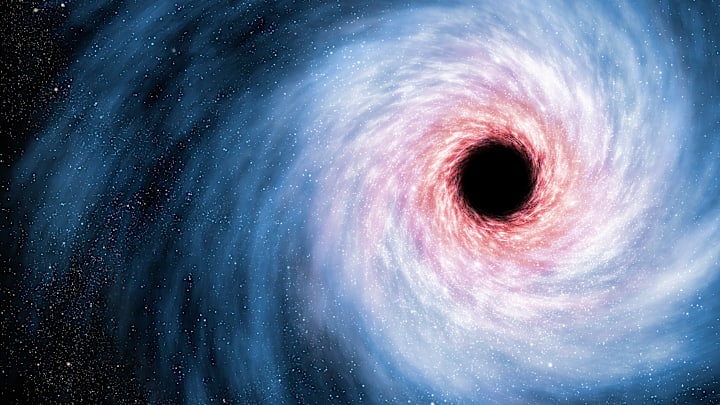Black holes are some of the most mysterious objects in the universe, but technology can provide valuable insight into their destructive power. For a recent study published in The Astrophysical Journal Letters, researchers created the most accurate representation to date of a star being pulled apart by a supermassive black hole, a process known as a tidal disruption event.
Roughly 100 events of this nature have been documented over the past 15-odd years. This new simulation sheds light on some misunderstood aspects of the phenomenon. For example, the researchers observed that stars engulfed by supermassive black holes emit visible light, whereas other objects emit X-rays.
You can see what the process looks like in the video below from study co-author Daniel Price.
A black hole’s gravitational pull is so intense that nothing can escape it; even a planet is doomed if it falls too close to one. Objects, including stars, will experience tidal forces when they approach the astronomical structure. When this happens, the gravitational pull of the super-dense black hole is strong enough to shred apart the celestial bodies.
According to NASA, the event horizon (or point of no return) is the boundary that prevents matter from escaping the supermassive black hole’s grasp. As an object nears the black hole, it stretches until it resembles a strand of spaghetti. (That’s why theoretical physicist Stephen Hawking dubbed the process spaghettification.)
After a star goes through spaghettification, part of its mangled form gets sucked into the back hole. The star fragments then form an accretion disk—a thin, frisbee-like structure—that feeds the void. Meanwhile, the rest of the star is blown away.
Black holes can also turn stars into another food item: pancakes. Pancake detonation occurs when an object in a black hole’s vicinity is flattened by tidal forces.
Read More About Space:
